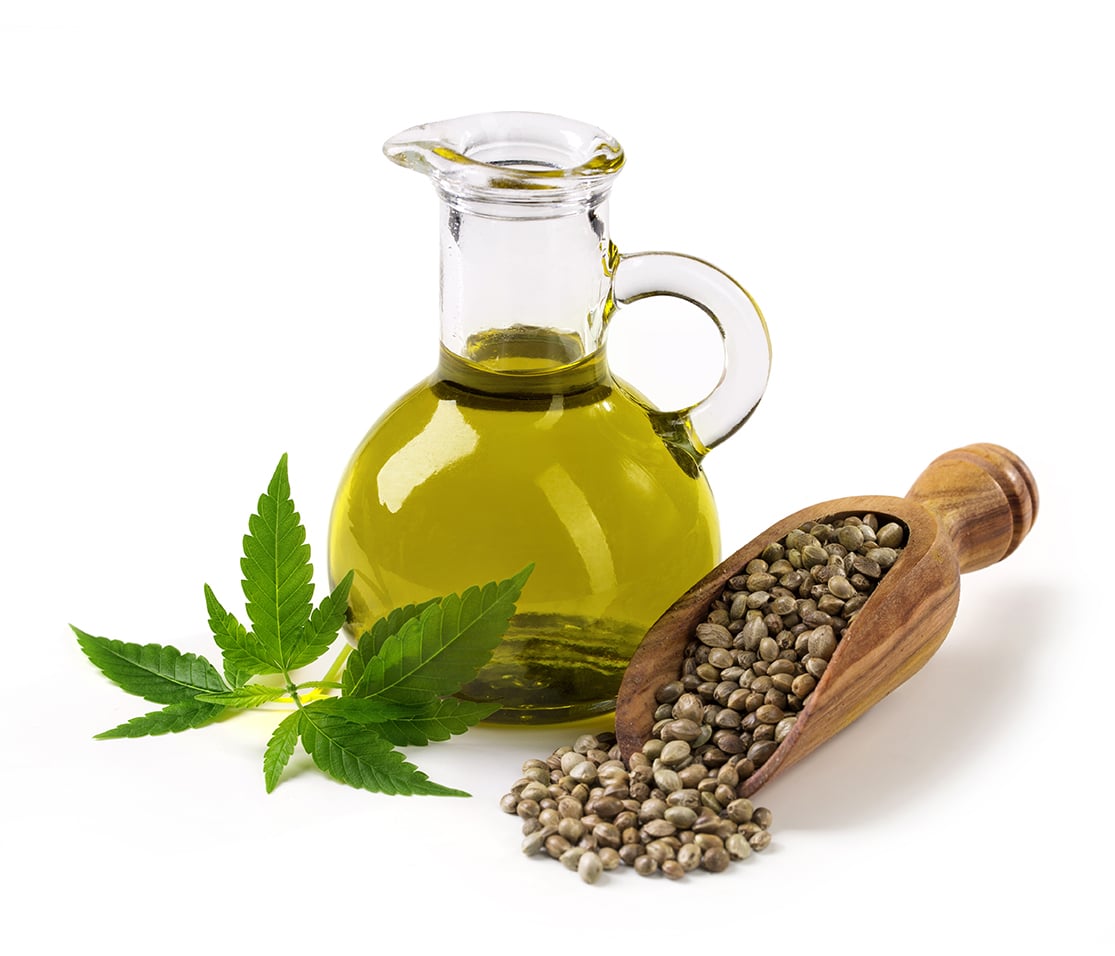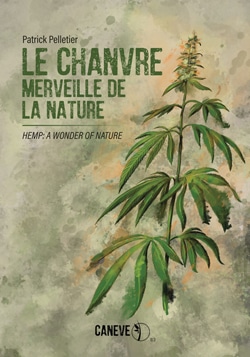Welcome to Caneve!
Quebec merchant of eco-friendly hemp products
Free shipping with purchase of 50$ and more! (Canada and USA)
Get the book
Hemp: a Wonder of Nature
by author Patrick Pelletier
Buy Ebook:
Buy Hard Copies:
Now Available!
[…] At that moment, my passion for this variety of hemp was born; one that still endures without having lost a single degree of intensity. In 2018, before I began to write this book, I wondered about my motivations, especially considering the immense amount of work ahead of me. But the answer was obvious: I could not ignore a passion that had been burning inside me for nearly 25 years! […]
[…] Despite popular belief, the words hemp and cannabis are synonyms. It is therefore a mistake to differentiate the drug by calling it cannabis; hemp is simply the English name, and cannabis, the Latin name. In French, it is called chanvre; in German, Hanf; in Spanish, cañamo and so on. All these words refer to the same plant, whether psychotropic or not. […]
Choosing hemp is saving money while thinking about the environment.
- Hemp is durable. It is the strongest vegetable fiber on the planet.
- Hemp is more economical because it is replaced less often.
- Hemp is an annual plant, entirely renewable.
- Hemp absorbs carbon during its growth.
- Hemp requires less water than cotton during processing.
- Hemp grows without the use of harmful chemicals.
- Hemp grows in Quebec and Canada.
Choosing hemp is asserting your choices in terms of sustainable development and eco-responsible consumption.

But what is hemp?
Hemp is a fibrous plant from the cannabaceae family. It differs from other variety of cannabis by its lack of psychotropic and its utilitarian usage. Introduced in Nouvelle-France by the apothecary Louis Hébert in the beginning of the 17th century, It has been cultivated by our ancestors up until the beginning of the 20th century. In 1938, its culture was prohibited for 60 years. Since 1998, it becomes more and more popular! its fibers can be used to make fabrics and ropes, and its seeds can be used for food and body care. To learn more, read our blog!









